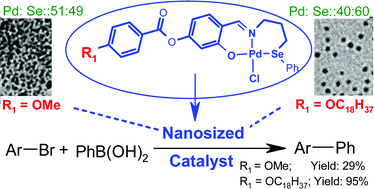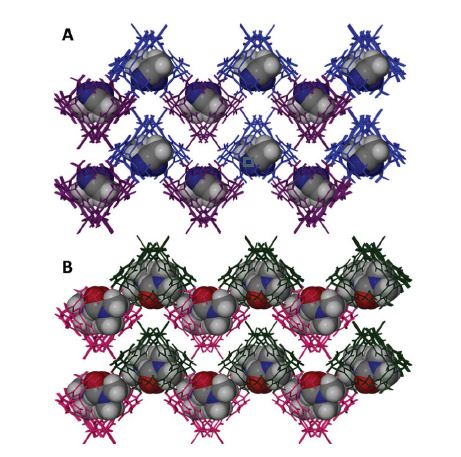Multi-dentate amido ligands are a real area of interest in coordination chemistry, the transition metal complexes possess novel reactivities, interesting structures and a range of properties including magnetism. Diamido-donor ligands for a large number of diamagnetic metal centres have been well studied, but the paramagnetic complexes have been relatively unexplored. Daniel B. Leznoff and Cassandra E. Hayes have compiled a review of these interesting structures in their Dalton Transactions Perspective ‘Paramagnetic metal complexes of diamido donor ligands‘, highlighting the broad scope of research yet to be undertaken. Who knows where the next fruit will appear in this unexplored maze?
Paramagnetic metal complexes of diamido donor ligands
Cassandra E. Hayes and Daniel B. Leznoff
Dalton Trans., 2012, Advance Article
DOI: 10.1039/C1DT11559F




















